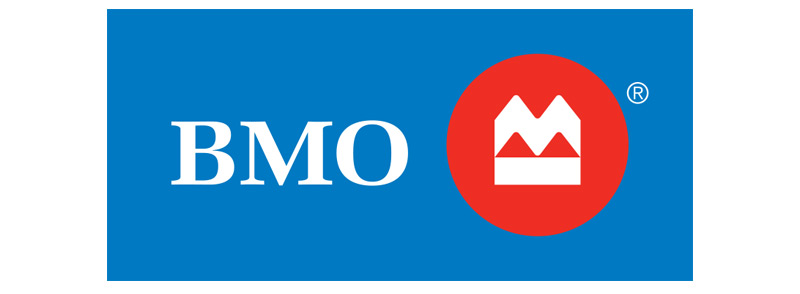From Creative to Revenue: Planning Your Next B2B Campaign
Remember the days when marketing was about putting up a billboard, a few radio and print ads and then attributing all increased revenue that quarter to the number of impressions these elements brought in? No one asked, “What was your cost per acquisition? How many leads did you expect? What’s the ROI of your social media budget spend?”
Today, marketers are not just responsible for delivering impactful award-winning creative campaigns, but are also accountable for generating revenue for the organization. This can be a daunting task to many who rarely had to translate creative into revenue. Here are some tips to help get you started:
- Align deliverables to strategic mandate. Every team should have a clear strategic mandate that serves as a checkpoint whenever new projects are requested for delivery. Often, we inadvertently put in multiple hours towards the ‘wrong’ project. The first step before even starting the marketing plan is to ask the question – how does this campaign/initiative contribute to my overall marketing strategy?
- Define specific objectives and expectations with stakeholders. Ask the question, what does success look like? For most B2B campaigns, success is getting a lead. But what is the definition of a lead? Is it a request for an appointment? Is it an actual appointment with a sales rep? Is it a closed sale? Or is it contributing toward a percent of your revenue target?
- Identify the mix of traditional, digital and social tactics that will support the campaign. In order to effectively build the right marketing plan with the right mix of tactics, ask yourself a few questions: What’s the budget? Who’s the audience? Is it a national or regional campaign? How will each tactic ultimately help meet objectives identified in step two?
- Set realistic targets. Leverage industry trends as well as the company’s past performance for each target. For example, try using this website that provides industry benchmarks for emails. Add up all the targets per tactic to ensure it equals to the end objective. If it doesn’t, the plan or objectives need to be re-evaluated.
- Create a dashboard. Using an excel spreadsheet, create a template that is easy to update and track. Define accountabilities up front stating who needs to contribute to providing the numbers and how often these need to be updated. Socialize the template with stakeholders to have alignment on reporting requirements.
- Launch. Learn. Adjust. Set up a recurring review meeting to discuss progress and adjustments needed to stay on track to meet objectives. Use a red, yellow, and green tracking system so that at a quick glance it’s easy to view status. Develop a wrap-up report that outlines approach, ROI, successes and lessons learned that can be shared with team and stakeholders as well as be leveraged for future reference.
With those tips in mind, here’s an example of a very simple business case: X Company created a multi-touch direct marketing campaign that consisted of direct mail, email and telemarketing. The objective is to get customers attention and ultimately drive clients to book an appointment. Telemarketing would serve the purpose of both reminding the clients, as well as answering any questions. (The case is based on a goal of getting to a defined number of new client appointments and sales as well as contributing to a revenue target.)
We will use the following numbers to illustrate the business case template:
| # of Customers targeted | 60,000 |
| % of customers that will book appointment | 2% |
| % of customers that will show up for appointment | 75% |
| Total # of complete appointments | 900 |
| Assumed average revenue from appointment | $500/customer |
| Revenue target from campaign | $450,000 |
A sample of a dashboard to track weekly progress could be as follows:
| Customer Leads | |
|---|---|
| #of Customers | 10,000 |
| Open Rate | 15% |
| Click Through Rate (CTR) | 3% |
| Unique requests for appointments | 120 |
| Complete appointments | 80 |
| Revenue Expected to date | $4000 |
| Cost of Acquisition (COA) | |
| Campaign Cost | $100,000 |
| COA to date | $1,250 / customer |
| Average client revenue over lifetime | $1200 |
| Net revenue to date | $96, 000 |



































